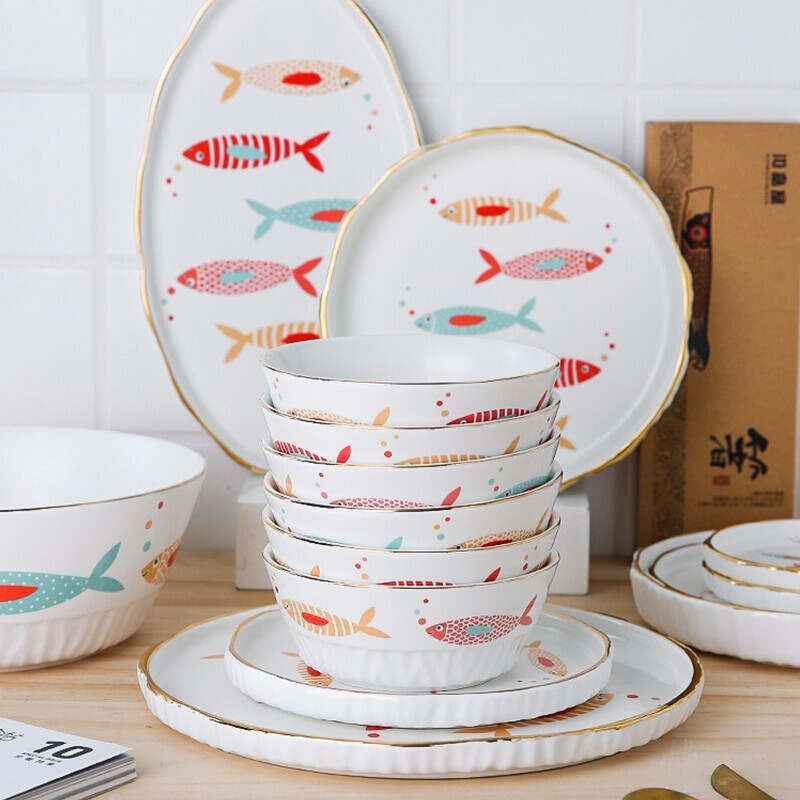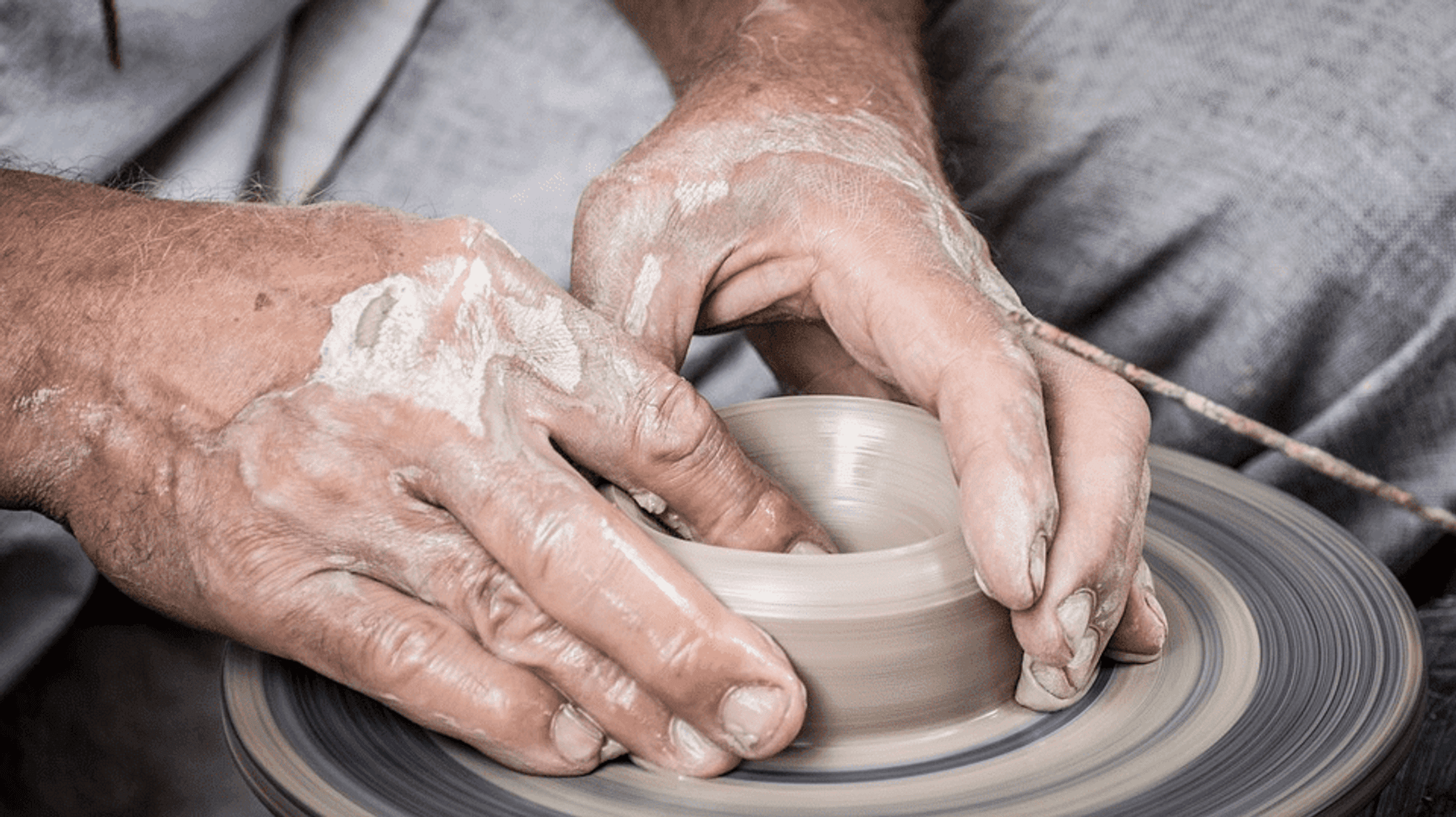Email format error
Email cannot be empty
Email already exists
6-20 characters(letters plus numbers only)
The password is inconsistent
Email format error
Email cannot be empty
Email does not exist
6-20 characters(letters plus numbers only)
The password is inconsistent


Are patterned ceramic tableware toxic? Don't be fooled by rumors!
"Don't buy patterned dishes, the paint is full of heavy metals!" Every time you have a family dinner, you can always hear the elders say this. On supermarket shelves, ceramic tableware printed with fruits, flowers or cartoons is indeed more popular than plain ones, but the rumor of "toxicity" is like a shadow, making many people hesitate when buying. Let's talk about it today: Are patterned ceramic tableware really as scary as the legend says?
The "outer coating" of ceramic tableware is actually the glaze, a protective layer that protects the pottery. Composed primarily of minerals like quartz and feldspar, the glaze itself is innocent. The so-called "toxicity" stems primarily from the heavy metal oxides that may be added to the glaze—for example, cadmium for a vibrant red or cobalt for a richer blue.
However, there's a crucial caveat: these heavy metals can only be dissolved when exposed to acidic foods if they aren't completely fixed during the firing process.
In-glaze and underglaze colors are much more reliable. In underglaze colors, the paint is first applied on the porcelain blank, and then covered with glaze and fired at high temperature. The pigment is completely wrapped under the glaze layer, just like the pattern is wearing protective clothing, and there is no chance of contact with food. Blue and white porcelain is a typical underglaze color process, which has been tested for thousands of years and its safety is beyond doubt. In-glaze colors are pigments that are integrated into the glaze when it is in a semi-molten state, which can also form an effective isolation layer.

🤔How to avoid real "toxic tableware"?
✔ look at the price. Be wary of products that are below cost.
✔ observe the texture. The pattern of high-quality tableware is smooth and delicate, without any bumps.
✔ Use your fingernails to scratch the pattern. If it does not fade or powder falls off, it is qualified. Finally, check the label. Regular products will be marked with the implementation standards.
There are also some tips for using patterned ceramic tableware. ✅
Boil new tableware in boiling water for 5 minutes, then soak it in white vinegar for 24 hours to effectively remove any residual harmful substances. Avoid using the decorated portion to store acidic foods (such as vinegar and juice) or hot foods for extended periods. While qualified products will withstand this, doing so can further reduce the risk.
As long as you learn to identify them scientifically, qualified patterned ceramic tableware will only add color to your life, not threaten your health. Don't let unwarranted fear take away the poetry that should belong to the dining table.